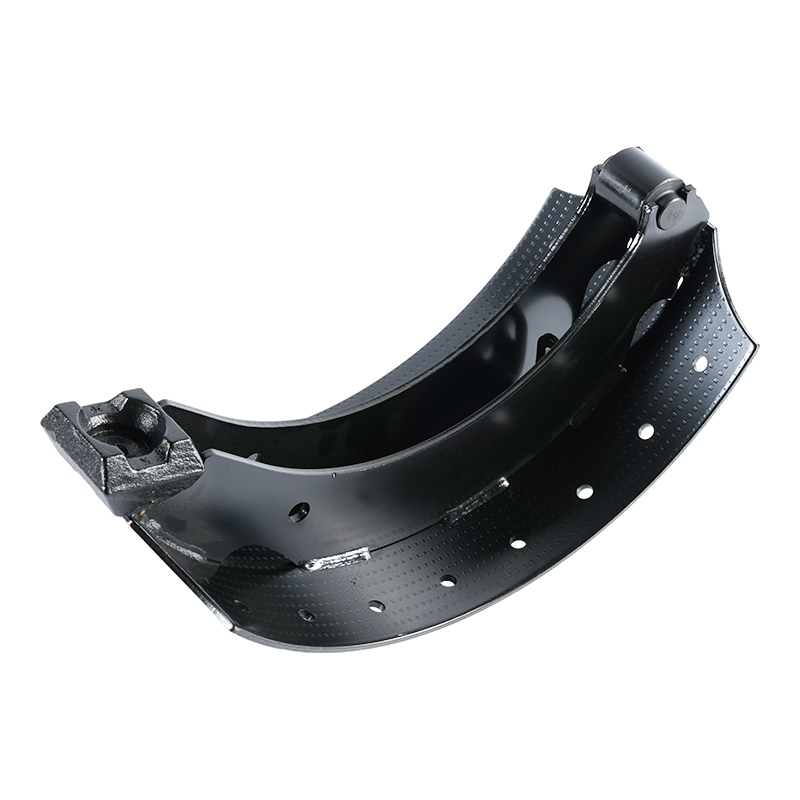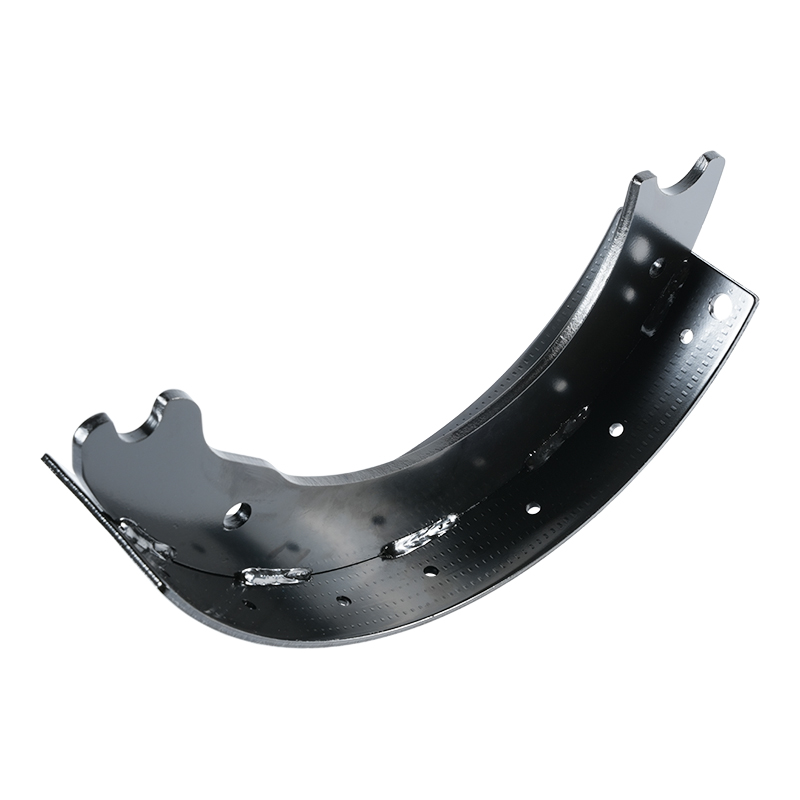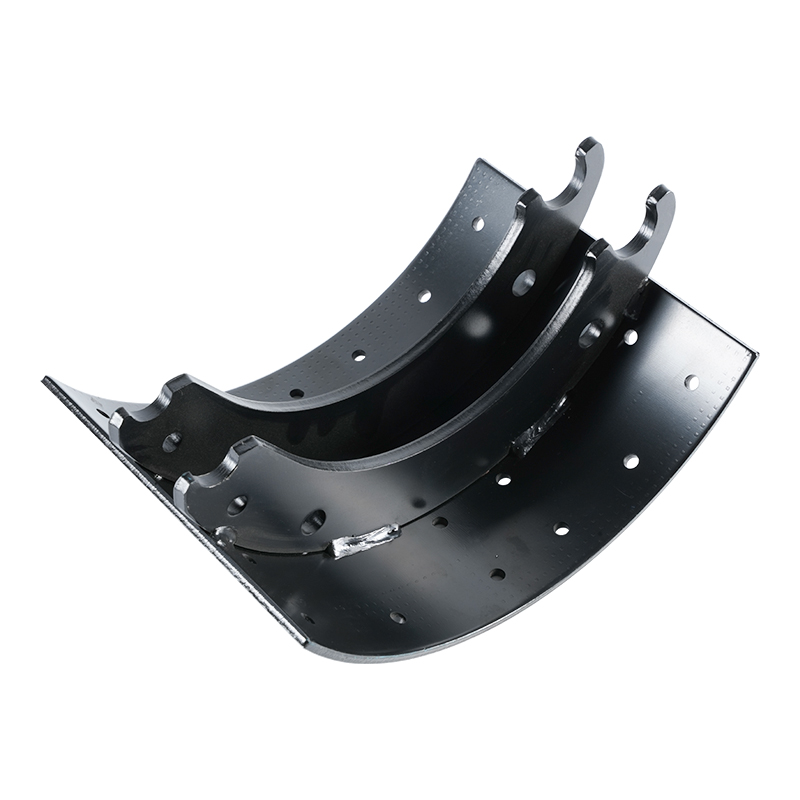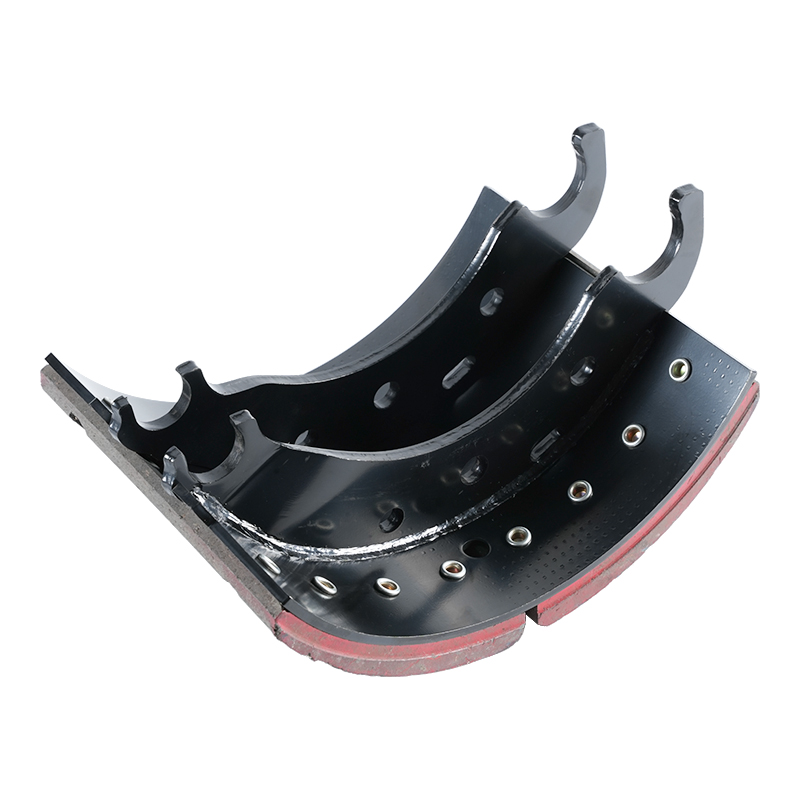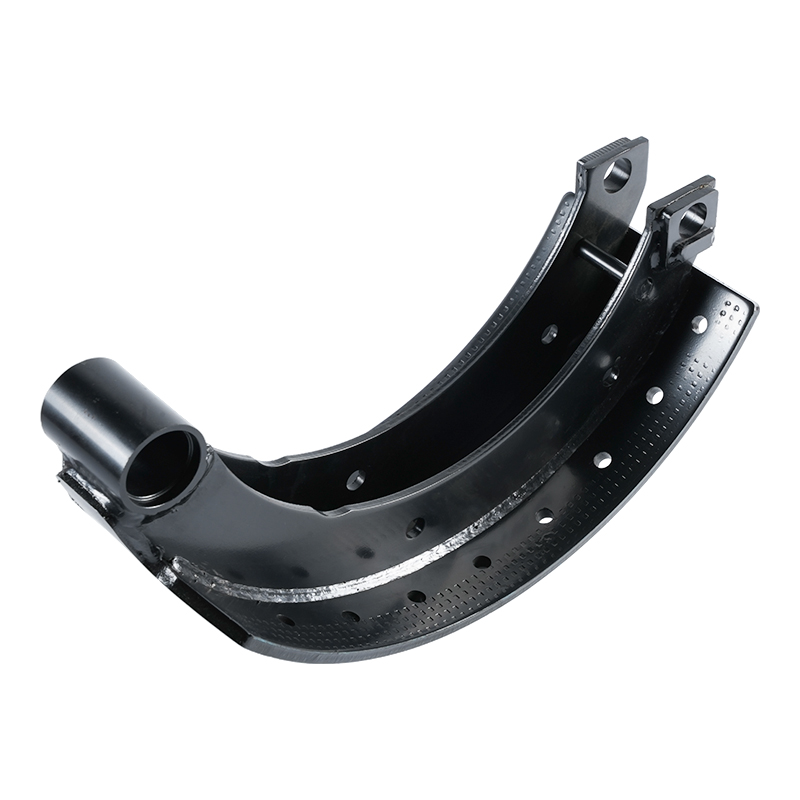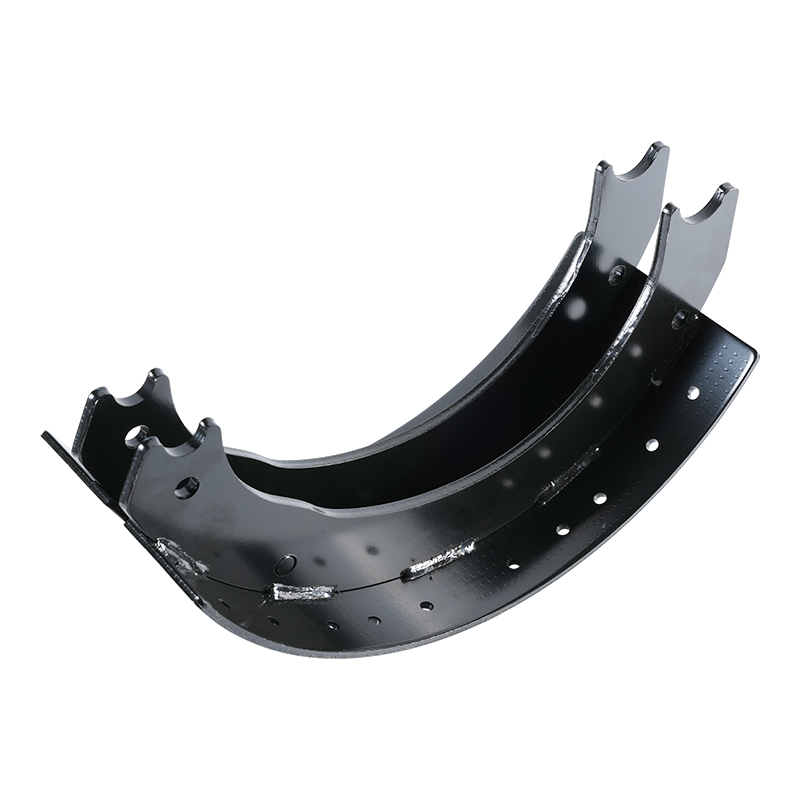Understanding Brake Linings: Essential Components for Safe and Reliable Braking
 2025.05.21
2025.05.21
 Industry News
Industry News
Brake linings are one of the most critical components in a vehicle’s braking system. These friction materials are attached to the brake shoes or pads, creating the necessary resistance against the brake drum or rotor to slow down or stop a vehicle. Whether it's a heavy-duty truck, a passenger car, or industrial machinery, brake linings play a pivotal role in ensuring safety, control, and consistent performance.
What Are Brake Linings?
Brake linings are composed of high-friction materials that are bonded or riveted to a metal backing plate. When the brake pedal is pressed, the brake pads or shoes, equipped with friction linings, press against the rotating disc or drum. The generated friction converts kinetic energy into heat, effectively reducing the speed of the vehicle or bringing it to a complete stop.
These linings must withstand high temperatures, resist wear, and provide reliable braking under various conditions. Common brake lining materials include non-asbestos organic (NAO) compounds, semi-metallic compositions, and ceramic materials, each offering unique benefits in terms of durability, noise, and heat resistance.
Types of Brake Linings
There are several types of brake linings available, designed for different vehicles and applications:
Drum brake linings: Often used in rear braking systems or commercial vehicles, these are attached to brake shoes and operate within a drum.
Disc brake linings: Found on brake pads, these are more common in modern vehicles for front wheels and offer superior heat dissipation.
Heavy-duty brake linings: Specially engineered for buses, trucks, and trailers, offering high resistance to heat and wear under heavy loads.
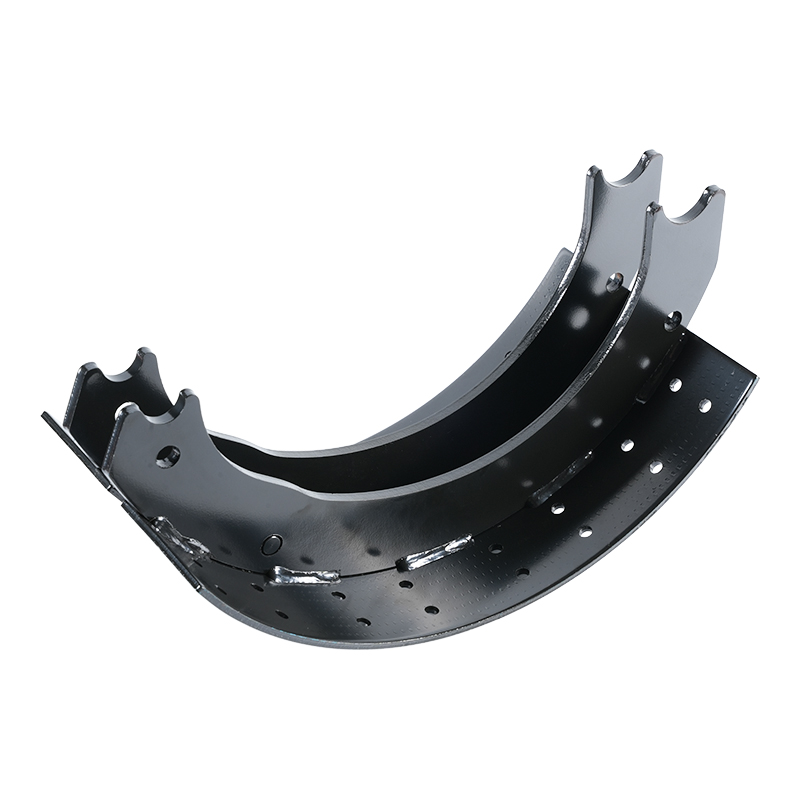
Choosing the right type of brake friction material is crucial for optimal braking efficiency and safety.
Key Properties of Quality Brake Linings
When evaluating automotive brake linings, several performance factors must be considered:
Friction stability: The ability to maintain consistent braking performance under varying conditions.
Thermal resistance: Resistance to fading under high temperatures generated during repeated or prolonged braking.
Low wear rate: Long-lasting material that minimizes replacement frequency.
Noise and vibration control: Properly designed linings reduce brake noise and improve driving comfort.
Environmental compliance: Many modern brake lining materials are formulated to be free of harmful substances like asbestos and heavy metals.
Brake Lining Applications
Brake linings are widely used across various sectors:
Automotive industry: Cars, motorcycles, and light commercial vehicles.
Heavy vehicles: Trucks, buses, and trailers require robust and heat-resistant linings.
Industrial equipment: Cranes, elevators, and conveyor systems often rely on industrial brake linings for safe operation.
Proper maintenance and timely replacement of worn brake linings are crucial to ensure braking performance and avoid damage to other brake system components such as rotors and drums.
Maintenance and Replacement
Over time, brake linings wear down and become less effective. Signs of brake lining wear include reduced braking power, unusual noises, longer stopping distances, or a burning smell during braking. Regular inspections help detect wear before it compromises safety.
When replacing brake linings, it’s essential to use high-quality parts compatible with the vehicle's braking system. Whether you choose OEM brake linings or aftermarket alternatives, ensure they meet industry standards and are suited for your driving conditions.

 Eng
Eng  中文简体
中文简体

